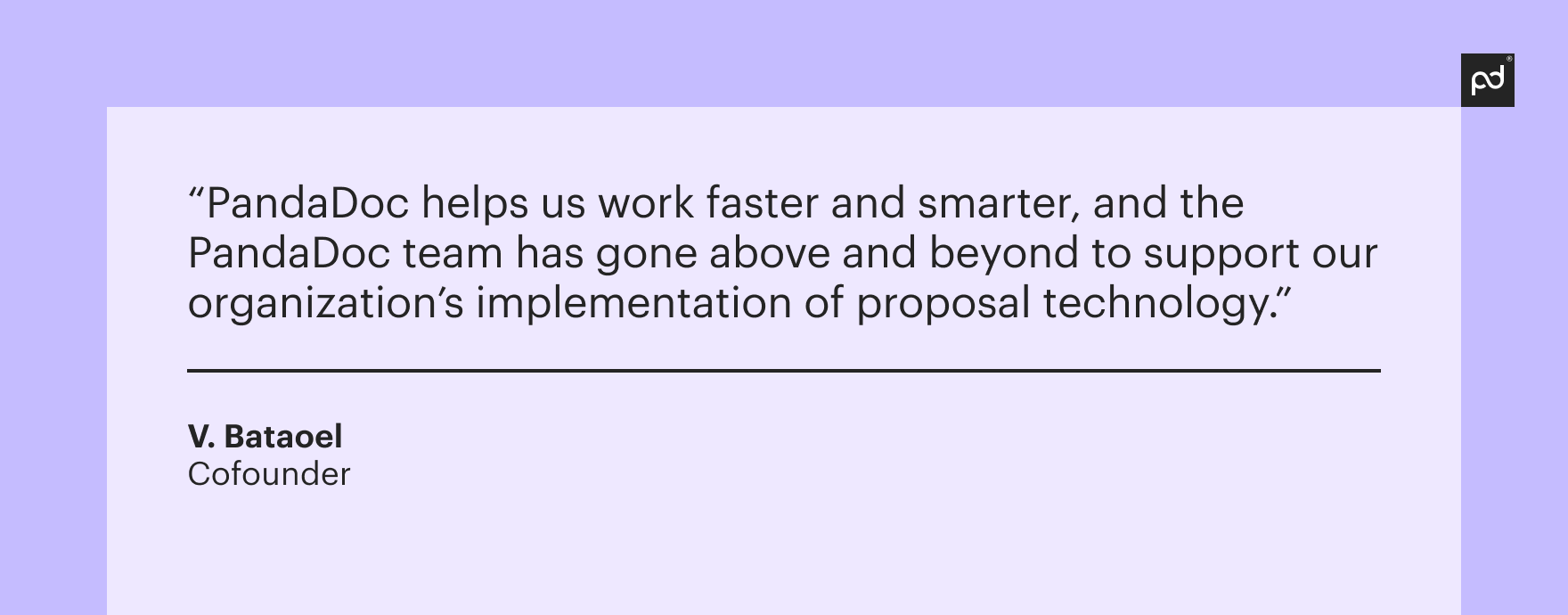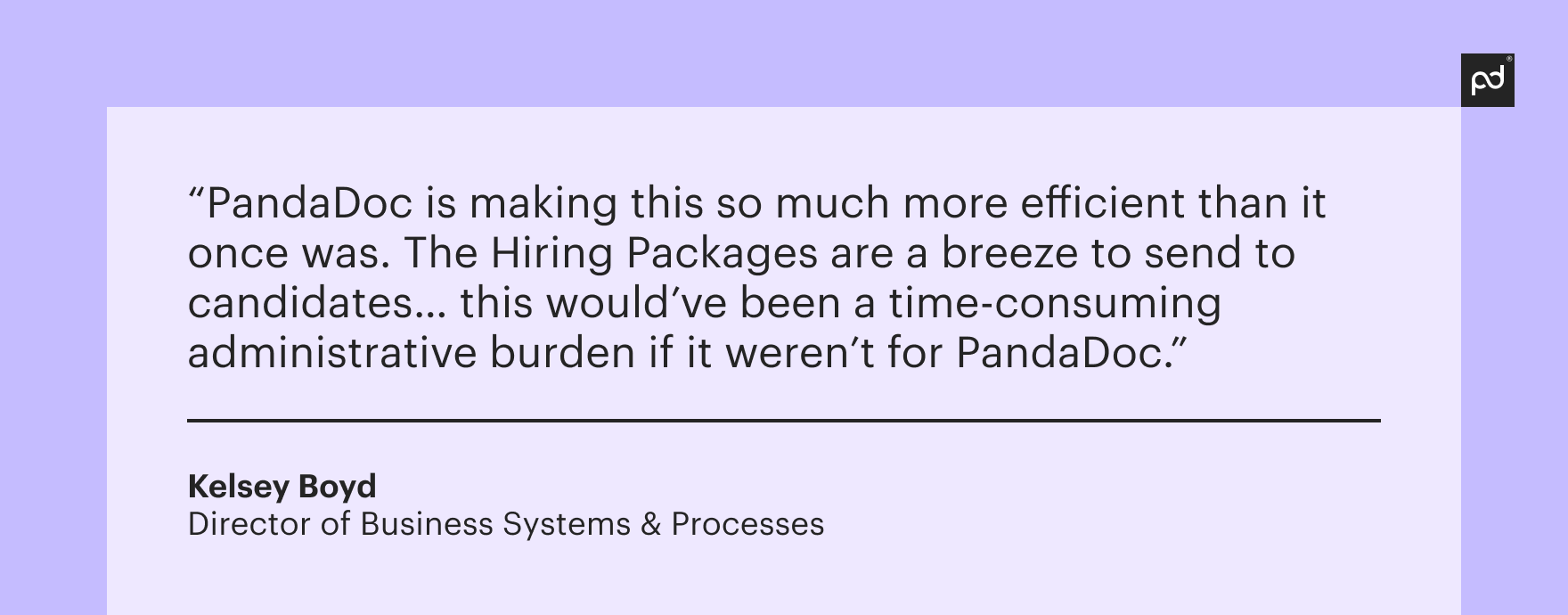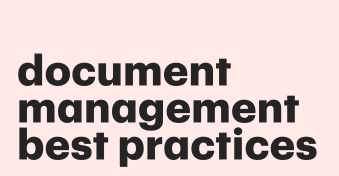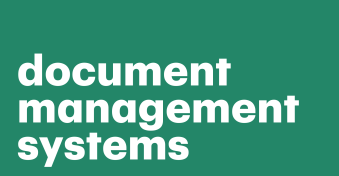One of the best things about effective document management is that it’s not just about, well, document management.
There are so many different document types you can create and store depending on what you need at the moment, whether it’s digital files or paper files.
What is a document management system?
You probably never imagined you’d ask this question, but here we are.
You’re wondering what a document management system (DMS) is and if you and/or your company should be using one.
Overall, the answer is simple: yes. Let’s dive into the reasons why.
To get started, a document management system is exactly what the name implies:
A centralized repository for all types of documents, including electronic files, paper documents, spreadsheets, presentations, and it’s typically cloud-based.
It’s basically a virtual filing cabinet with built-in tools to make finding documents fast.
A DMS provides a range of features and functionalities to help make your work life easier, like version control (hello multiple collaborators on a document), workflow automation, access control, search capabilities, and so much more.
According to 6sense, more than 5,044 companies use document management tools.1 Why?
For starters, they’re incredibly efficient.
They help save everyone on your team time finding important files.
Plus, they ensure compliance with regulatory requirements, and enhance overall productivity.
Additionally, a document management system offers scalability and flexibility to adapt to the evolving needs of the organization, making it an essential tool for modern businesses seeking to optimize their document management processes.
Who creates a document management strategy?
You may be asking yourself, “how can I organize my office paperwork more efficiently?”
If you’re asking this question, you likely have hundreds or even thousands of docs, with each one potentially having numerous iterations.
Different versions of the same template could be named differently, stored in different subfolders, and assigned differing access privileges.
If this sounds familiar, you need a document management strategy.
A document management strategy is typically developed by a team or department responsible for overseeing document management— usually those in information technology (IT), records management, or compliance.
The strategy is often guided by input from key stakeholders across the organization to ensure alignment with business objectives and requirements.
Benefits of digital document management
Enhanced collaboration
Having a digital document management strategy helps you collaborate with team members, regardless of their location.
You can be working on a document in New York, while your coworker is editing the same document in London – this is the beauty and flexibility of a cloud-based document management system.
Versatile file types
Digital document management systems support a wide range of file types, including business documents, electronic files, and digital assets.
Whether it’s text documents, spreadsheets, images, or multimedia files, organizations can manage all their content within a single platform.
Access from anywhere
If you use a cloud-based document management software like PandaDoc, it’s easy to pull up documents, send, sign, and even store files – from your iphone or desktop.
Access control
Assign the right roles and permissions to the right people. You can even restrict access to confidential documents with the tap of a button.
Save time searching
One of the most significant benefits of digital document management is the ability to access documents quickly and securely.
With powerful search functionalities and intuitive navigation, you and your team members can find documents in seconds, eliminating the need for manual searching through file cabinets or folders.
What are the steps of document management?
Document management involves several key steps to ensure efficiency and organization.
Here’s a simplified breakdown:
Upload
Gather and upload documents from various sources, whether physical or digital.
- Click the Apps icon on the right
- Click Attachments

Store
Utilize appropriate storage methods, such as filing cabinets or digital repositories, to keep documents secure and accessible.
Digital document management, like PandaDoc, offers easy-to-use cloud-based storage that ensures documents are organized and stored securely.
Retrieve
Implement systems for easy retrieval of documents when needed, akin to finding a specific item in a well-organized storage space.
Review and update
Regularly audit and update documents to ensure accuracy and relevance, similar to maintaining a well-maintained database.
PandaDoc’s collaborative features and audit trails enable teams to review and update documents step-by-step, ensuring they remain up-to-date.
Secure
Implement security measures to protect sensitive information, ensuring compliance with privacy regulations.
PandaDoc prioritizes security, offering features like encryption and access controls to safeguard confidential data.
Dispose
Properly dispose of obsolete or unnecessary documents, maintaining a clutter-free and efficient document management system.
PandaDoc’s solution includes features for archiving or securely deleting documents, helping to keep your document repository organized and free from unnecessary clutter.
By following these steps, and leveraging digital document management solutions like PandaDoc, you can effectively manage documents, streamline workflows, and facilitate better decision-making within your organization.
How to manage documents
Define how documents are created, reviewed, approved, stored, and eventually disposed of or archived
Defining a document management strategy involves establishing protocols for creating, reviewing, and approving documents such as drug manufacturing procedures.
Once approved, these documents are securely stored in compliance with regulatory standards, and when no longer needed, they are disposed of or archived according to established retention policies, ensuring traceability and regulatory compliance throughout the product lifecycle.
Establish a system for categorizing and organizing documents based on their type, relevance, and importance
For instance, in a legal firm, establishing a system for categorizing and organizing documents could involve creating folders for different case types (e.g., litigation, contracts, intellectual property) and further sub categorizing them based on relevance (e.g., active cases, closed cases).
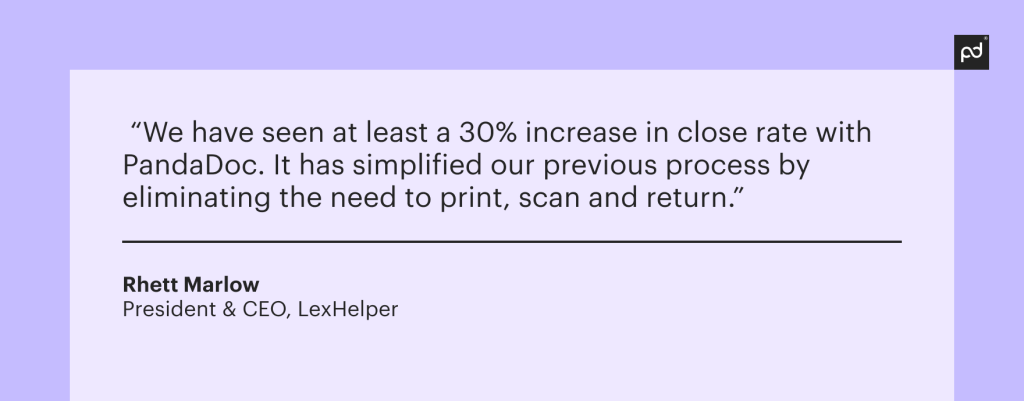
Implement measures to protect sensitive information, ensuring that only authorized personnel can access certain documents
For instance, in the healthcare sector, by restricting access to patient records, healthcare providers ensure patient confidentiality and compliance with privacy regulations like HIPAA, safeguarding sensitive medical information from unauthorized disclosure or misuse.
Establish protocols for managing document versions to ensure that the most current and accurate version is always available
Establishing protocols for managing document versions ensures that the most up-to-date sales collateral, such as product catalogs or pricing sheets, is readily accessible to sales teams.
This is especially important when sales teams are integrating systems like Hubspot, Pipedrive, and Salesforce.
By developing and implementing a document management strategy tailored to the organization’s needs, businesses can streamline processes, improve collaboration, mitigate risks, and ensure compliance with regulatory requirements.
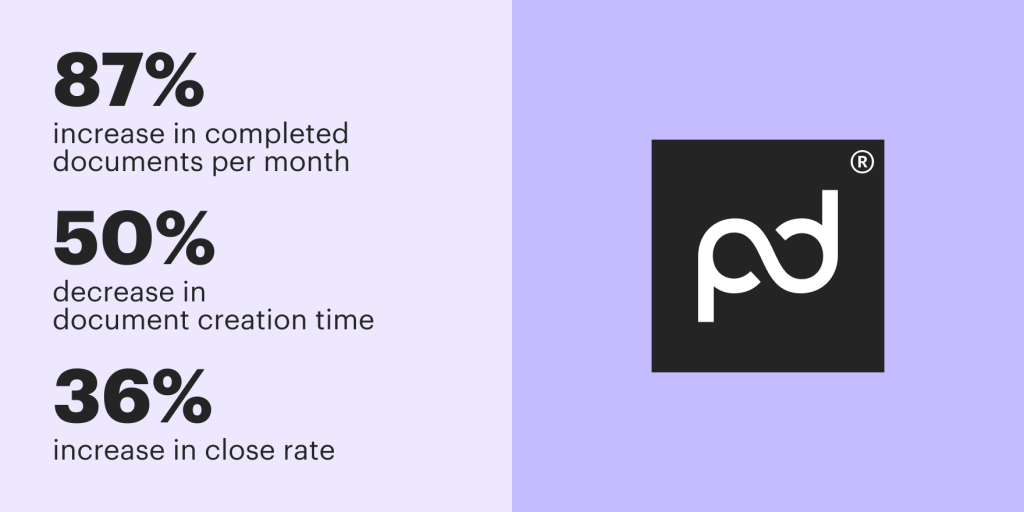
Implement metadata and indexing
Add descriptive metadata tags to each document, including relevant keywords, dates, and categories.
This metadata will help users quickly identify and search for specific documents.
Additionally, create an index or catalog that lists all documents along with their metadata for easy reference.
Define permissions
Set up permissions to control access to sensitive documents and ensure that only authorized users can view, edit, or delete them.
Clearly define user roles and permissions so you can set your document signing order.
Regularly review and update
Schedule regular reviews of your document management system to ensure that it remains organized and up-to-date.
Remove outdated or redundant documents, update metadata as needed, and adjust permissions as roles within your organization change.
Train employees
Provide training and guidance to employees on how to effectively use the document management system, including proper folder structure, metadata tagging, and permissions management.
Encourage adherence to best practices to maintain organization, accessibility, and security of documents.
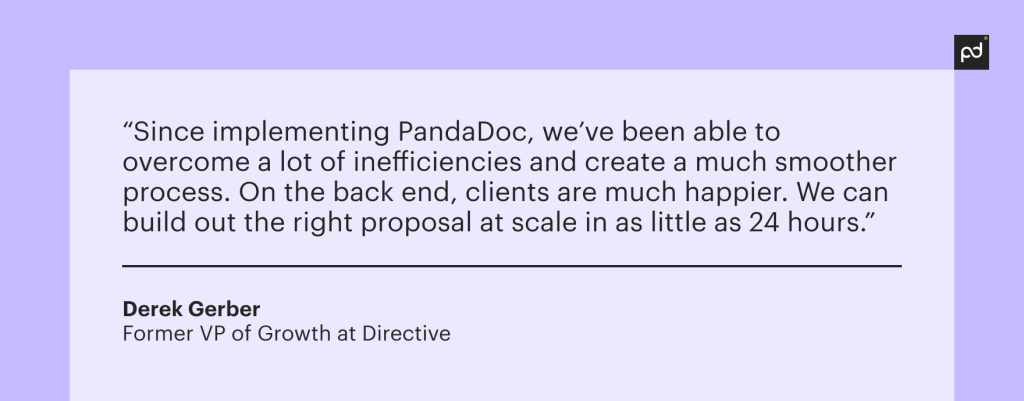
Frequently asked questions
-
Managing documents and data on your iPhone is a breeze with a few simple tricks. First, keep things organized by using folders and categories—think of it like tidying up your virtual desk.
Protip: You can use PandaDoc to manage documents and data on your iphone. Utilize PandaDoc’s cloud storage capabilities for seamless access to your files from anywhere, mirroring the convenience of having your documents in your pocket. With PandaDoc, managing documents and data becomes a smooth and efficient process.
-
First, categorize documents based on relevance and importance, like organizing files in a filing cabinet. Then, utilize a secure digital storage system like PandaDoc to ensure accessibility and security, similar to a locked safe. Regularly review and update documents to keep them current and accurate, much like maintaining a well-oiled machine. Finally, implement clear naming conventions for easy identification, just like labeling files in a drawer.
Disclaimer
PandаDoc is not a law firm, or a substitute for an attorney or law firm. This page is not intended to and does not provide legal advice. Should you have legal questions on the validity of e-signatures or digital signatures and the enforceability thereof, please consult with an attorney or law firm. Use of PandaDocs services are governed by our Terms of Use and Privacy Policy.
Originally published September 12, 2024, updated July 15, 2024
